-
All products are added to your cart.
Scary acids
Acids in skin care: Poly Hydroxy Acids (PHA), Alpha Hydroxy Acids (AHA), Beta Hydroxy Acids / Salicylic Acid (BHA), Glycolic Acids, Lactic Acids are common acids that we encounter in skin care products. This article also refers to vitamin C (Ascorbic Acid) and Retino products.
MYTH: "My skin will look like new when using an acid." and "You can't mix acids together."
FACT: "Your skin condition, routine, percentage, formula and raw material quality all have a huge impact on the effect of a product."
It can happen that the skin becomes more sensitive when you add 'acids' to your routine. So this can be very scary if you don't understand the difference. But not all acids are created equal and there is no reason to be terrified and avoid all types of 'acids'.
In general, the acids often referred to as "scary" are used to even out skin tone and texture, thanks to their ability to soften dead skin cells. This can make our skin more sensitive, especially to the sun and it is therefore extremely important that the skin is well protected against UV rays and don't start your acid-journey off too enthusiastically with everything mixed up.
However, you can combine these ingredients carefully if you slowly introduce them into your routine in mild percentages and always make sure you protect the skin well against the sun! Try it out carefully, start with 1 or 2 ingredients, alternate with each other, use low percentages, take it easy and be patient. ;)
>> For the reduction of a dull complexion, dead skin cells, pigmentation and texture on the surface >>
Alpha Hydroxy Acids (Glycolic Acids, Lactic Acids) / AHA, Poly Hydroxy Acids / PHA
These are acid types that can soften the dead skin cells on the skin's surface to create a more even complexion and texture free of flakes.
PHA are larger molecules of AHA types so it will be less irritating to sensitive, thin skin types.
>> For reducing clogged pores, blackheads and pimples >>
Salicylic Acid / Beta Hydroxy Acids / BHA
Is the only acid type that is oil soluble and it also has an excellent antibacterial effect. This makes it an excellent ingredient for oily skin and/or if you suffer from blackheads and pimples.
The maximum allowable percentage of this in Korean cosmetics products is 0.5% compared to 2~5% in Western brands. The higher the percentage, the more risk that the skin will become drier.
This ingredient (in percentages higher than 2%) is not recommended to use during pregnancy and breastfeeding.
>> Reduces pigmentation and improves complexion and collagen production for a beautiful youthful glow >>
Ascorbic Acid / Vitamin C
It is often thought that you cannot use this together with the ingredient niacinamide due to the test results of an outdated study that used unstable forms of both ingredients. However, today's skin care products are many generations further and you see a huge range of stable, effective and safe formulas where these two ingredients are processed together.
The combination of niacinamide and vitamin C makes an excellent brightening duo and will help speed up skin cell production and is therefore often recommended as an anti-aging ingredient.
The combination of niacinamide and vitamin C make an excellent brightening duo. Will help accelerate skin cell production and is therefore often recommended as an anti-aging ingredient.
>> For reducing lines, wrinkles and more elasticity>>
Retino (vitamin A, retinol, retinal)
The ingredient retinol is first converted into retinal and once it is on our skin it is converted into retinoic acid. This ingredient is great at promoting cell turnover and collagen production and is a popular anti-aging ingredient these days, but it can be a bit tricky to work with because it reacts quickly.
If you use retinol, it is advisable to slowly introduce it into your routine and to keep a close eye on the skin daily. We also recommend that you alternate your routine with an exfoliant such as an AHA/PHA peeling or toner to enhance the effect, also to reduce the buildup of dead skin cells (which are pushed away when using a strong retinol product) to prevent clogged pores.
The most common form of retino in cosmetics is retinol, but what's even better is retinal because it's the converted form that works more effectively and is less irritating.
This is also an ingredient that is often not recommended to use during pregnancy and breastfeeding.
| AHA/PHA | BHA | Ascorbic Acid | Retino | |
| Also known as | Alpha Hydroxy Acids (Glycolic Acids, Lactic Acids) Poly Hydroxy Acids |
Salicylzuur / Beta Hydroxy Acids | Vitamin C | Vitamin A, Retinol, Retinal |
| Pigmentation, dead skin cells | √ | √ | ||
| Blackheads, pimples | √ | |||
| Lines, wrinkles, elasticity | √ | √ | ||
| Recommended in the step(s) | exfoliant, toner | exfoliant, toner | serum | essence, serum, ampoule, cream |
| Most comfortable percentage | 0,5%, can make the skin more dry in higher percentages | 5%, can cause tingles due to pH difference. Give your skin time to get used to it and build up the percentage slowly. | under 1% |
In addition, there are also many other types of acids that work very differently from the above and are very common in skin care, such as Hyaluronic Acids (HA) and Amino Acids (both naturally present in our own skin). However, these are not "scary" acids that you need a user manual beforehand. They are will help in hydrating, moisturizing and retaining moisture and building up the skin. Your skin will love them at any time. :)







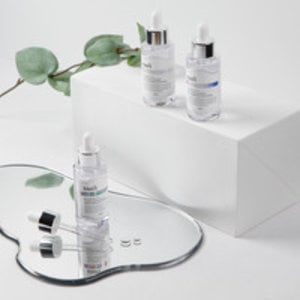





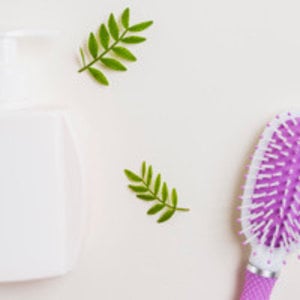




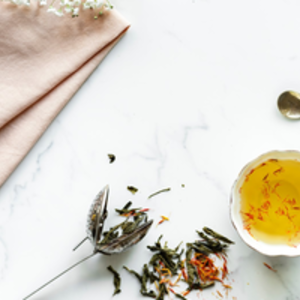
 Teenager
Teenager Student
Student Career (searching)
Career (searching) Party!
Party!
 On the plane
On the plane Travel friendly
Travel friendly Day trip
Day trip
 Postcards
Postcards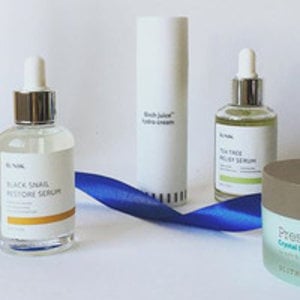 Beauty gifts
Beauty gifts <3 Gift Card
<3 Gift Card
 7-Skin Method
7-Skin Method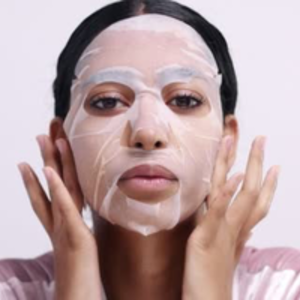 1 Day 1 Mask
1 Day 1 Mask Best of K-beauty
Best of K-beauty Face Gym
Face Gym Glass skin
Glass skin
 Haru Haru Exclusives
Haru Haru Exclusives Fashion & Lifestyle
Fashion & Lifestyle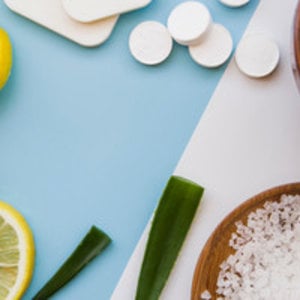

 1. Cleansing
1. Cleansing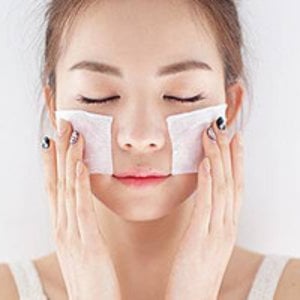 2. Toner
2. Toner 3. Eye cream
3. Eye cream 4. Treatment / Boost
4. Treatment / Boost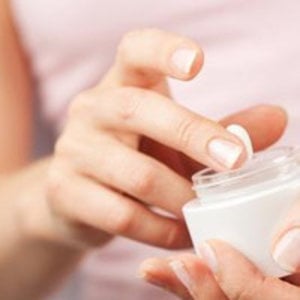 5. Moisturizer
5. Moisturizer 6. Sun protection
6. Sun protection 6. Night treatments
6. Night treatments
 Skin type - Normal
Skin type - Normal Skin type - Dry
Skin type - Dry Skin type - Oily
Skin type - Oily Skin type - Combi
Skin type - Combi Skin type - Sensitive
Skin type - Sensitive Skin concern - Dehydrated
Skin concern - Dehydrated Skin concern - Pigmentation
Skin concern - Pigmentation Skin concern - Acne
Skin concern - Acne Skin concern - Wrinkles
Skin concern - Wrinkles
 How much should I use?
How much should I use? Applications and handlings
Applications and handlings Sequence and waiting times
Sequence and waiting times Mask guideline
Mask guideline Recycle & upcycle
Recycle & upcycle
 Natural vs. synthetic
Natural vs. synthetic Clean vs. dirty beauty
Clean vs. dirty beauty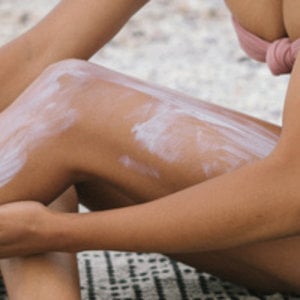 Mineral vs. chemical UV filter
Mineral vs. chemical UV filter Open and closed pores
Open and closed pores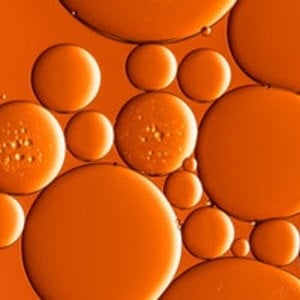 Oils are bad for oily skin types
Oils are bad for oily skin types No makeup, no double cleansing
No makeup, no double cleansing No sun, no sunscreen
No sun, no sunscreen Scary acids
Scary acids Oily skin, no moisturizer
Oily skin, no moisturizer
 Sheet Masking Tips
Sheet Masking Tips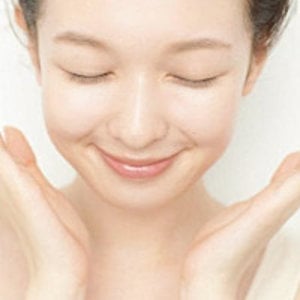 7 Skin Method
7 Skin Method
 Pigmentations & dullness
Pigmentations & dullness Wrinkles & lines
Wrinkles & lines Acne & pimples
Acne & pimples Enlarged pores
Enlarged pores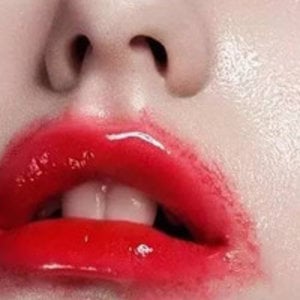 Oil control
Oil control ⤷ Sebum production
⤷ Sebum production
 Ingredients
Ingredients Glossary
Glossary FAQ: kbeauty
FAQ: kbeauty FAQ: skincare
FAQ: skincare Workshops
Workshops
 Skintype quiz
Skintype quiz Routine quiz
Routine quiz Acne quiz
Acne quiz

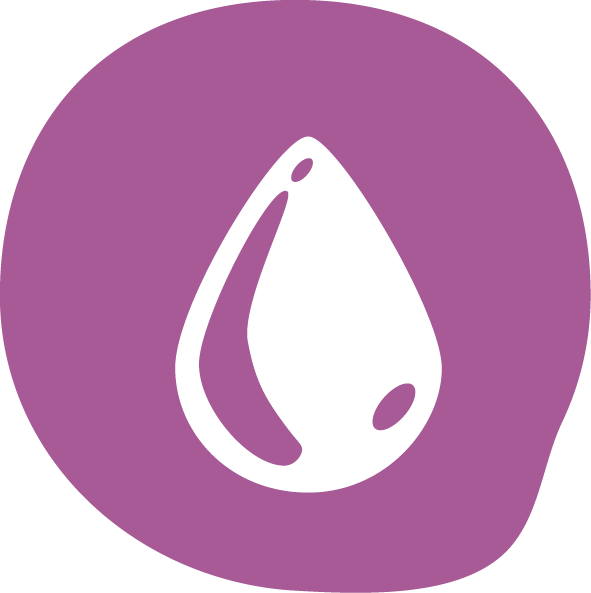
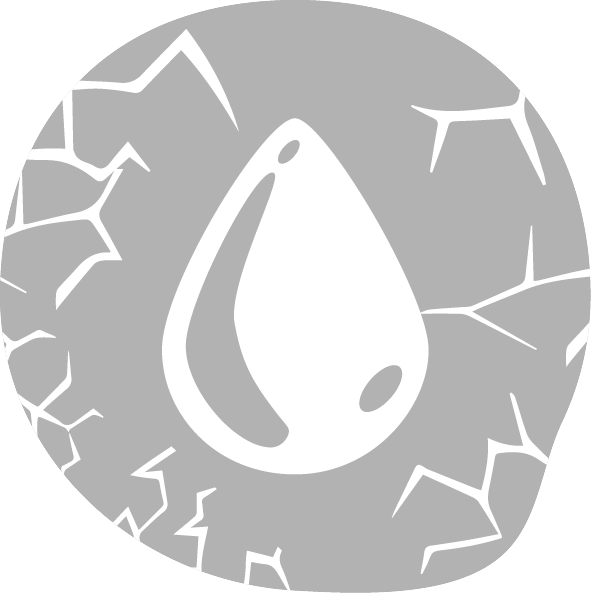


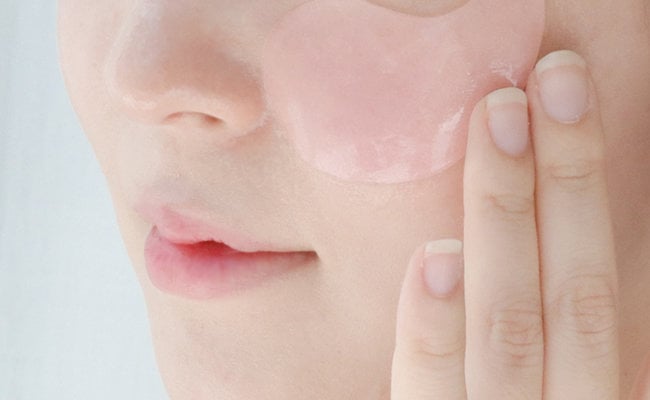
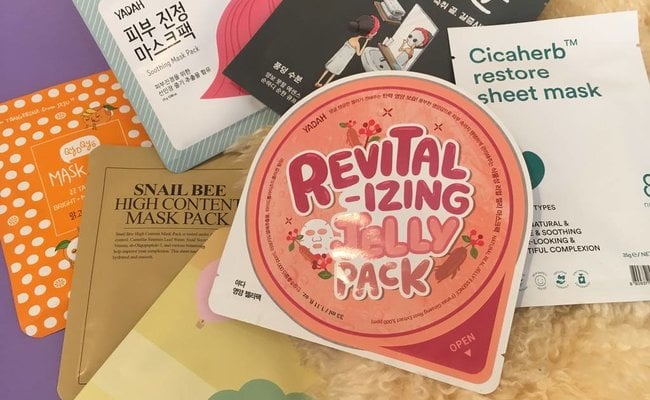












![[ PETITFEE ]
Beautifying Mood on Cleanser -100ml](https://cdn.webshopapp.com/shops/239114/files/406948442/400x450x1/petitfee-beautifying-mood-on-cleanser-100ml.jpg)
![[THANK YOU FARMER] Rice Pure Clay Mask to Foam Cleanser - 150ml](https://cdn.webshopapp.com/shops/239114/files/409487563/400x450x1/thank-you-farmer-rice-pure-clay-mask-to-foam-clean.jpg)
![[ YADAH ]
Be My Tint 01 Wannabe Pink - 4g](https://cdn.webshopapp.com/shops/239114/files/211817276/400x450x1/yadah-be-my-tint-01-wannabe-pink-4g.jpg)